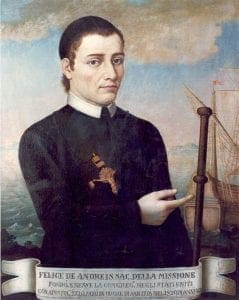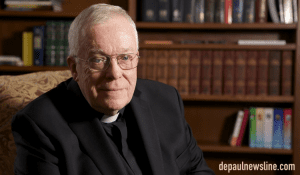Noli ergo vinci a malo, sed vince in, bono malum.” [Therefore, do not be overcome by evil, but overcome evil by goodness.] May God be praised! how great dost thou show thyself, in all that thou hast permitted to befall me! It was for the purpose of trying me, and grounding me thoroughly in that charity with was the distinctive virtue of St. Vincent de Paul and St. Francis de Sales– a virtue which I needed so much, though, unfortunately, I was not aware of my deficiency. . . . Yesterday we celebrated the feast of St. Vincent. I will also be Vincent; I am determined to conquer as he did, but truly with no other arms than these three– Humility, Charity and Meekness.”
#IamVincent
Read more about the origins of the Vincentians in the United States, in the SlideShare below.
Download PPT
See Part 2: Daughters of Charity
– Frontier Missionary. Felix De Andreis, CM. 1778-1820, Correspondence and Historical Writings by John E. Rybolt, CM.Rose Philippine Duchesne, herself a canonized saint, called him a saint; and Benedict Joseph Haget, bishop of Bardstown, wondered whether he should pray for his soul or pray to him as a saint. Even the Roman Congregation for the Propagation of the Faith offered its sympathy at his death and invited Bishop Dubourg to open a formal process for beatification […] The object of their veneration was Andrew James Felix Bartholomew De Andreis, born and baptized on 12 December 1778, in Demonte, a small town of Savoy, now a part of Italy.
He was the founding superior of the Congregation of the Mission, the Vincentians, in the United States.”









0 Comments